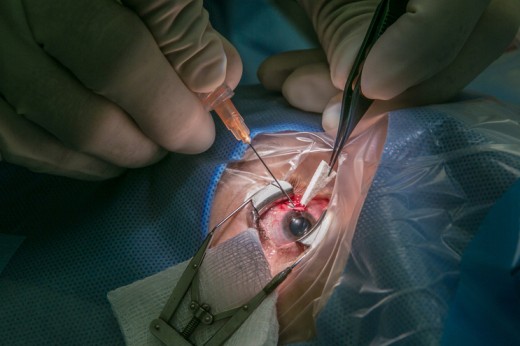Services
Providing complete and trusted eye care for all ages with advanced technology and expert care
Glaucoma is often referred to as the silent thief of sight, being one of the primary contributors to irreversible blindness around the globe. This eye condition causes damage to the optic nerve, typically due to a rise in intraocular pressure, resulting in a gradual decline in vision. What's most concerning is that it usually develops without obvious symptoms, allowing significant damage to occur before it is noticed.
By learning more about glaucoma, including its causes, signs, and preventive measures, you can take steps to protect your eyesight.

Glaucoma is a common eye disease that damages the optic nerve, which carries signals from the eyes to the brain. This damage can lead to vision loss, which may be temporary or permanent if not treated. The main cause of glaucoma is increased pressure inside the eye, called intraocular pressure (IOP).
Glaucoma affects about 70 million people worldwide. In 2020, over 80 million people had the disease, and this number is expected to rise to more than 111 million by 2040. It is the leading cause of permanent blindness, responsible for 12.3% of all blindness globally.
This is the most common form of glaucoma. It usually develops slowly and without noticeable symptoms in the early stages. Over time, it leads to a gradual loss of peripheral (side) vision. If left untreated, it can eventually result in complete blindness.
Also called angle-closure glaucoma, this type is less common. It occurs when the eye's drainage system becomes completely blocked, leading to a sudden and sharp increase in intraocular pressure.
In some cases, glaucoma can be passed down through families, and researchers worldwide are studying the role of genes in the disease. However, glaucoma is not always hereditary, and the exact factors that trigger its onset are still not completely understood.
Eye pressure is measured in millimetres of mercury (mm Hg). Normal eye pressure usually falls between 12 and 22 mm Hg. Readings above 22 mm Hg are considered higher than normal. Although high eye pressure alone doesn’t cause glaucoma, it is a significant risk factor. People with elevated eye pressure should have regular, thorough eye exams by an eye care professional to monitor for early signs of glaucoma.
If glaucoma is not properly treated in its early stages, it can significantly damage peripheral vision, eventually leading to a condition called tunnel vision. This condition causes the loss of side vision, restricting the visual field to only what is directly in front of you.